New release cpu processor intel Xeon 6728P Xeon 6730P Xeon 6731P Xeon 6736 2.7 to 4.1 144 MB GHz Processing Units
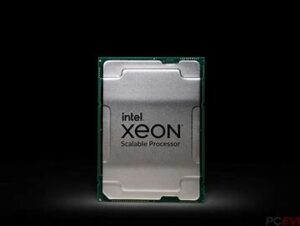

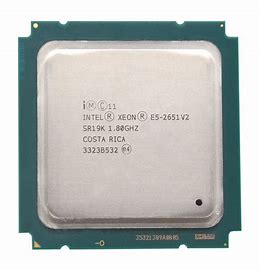
Here’s a detailed comparison table for the Intel Xeon 6728P, 6730P, 6731P, and 6736P processors based on available specifications (Sapphire Rapids-SP family):
Intel Xeon 6000P Series Comparison (Sapphire Rapids-SP)
| Specification | Xeon 6728P | Xeon 6730P | Xeon 6731P | Xeon 6736P |
|---|---|---|---|---|
| Cores / Threads | 16C / 32T | 16C / 32T | 16C / 32T | 24C / 48T |
| Base Clock | 3.4 GHz | 3.5 GHz | 3.7 GHz | 3.6 GHz |
| Max Turbo Boost | 4.4 GHz | 4.5 GHz | 4.6 GHz | 4.6 GHz |
| L3 Cache | 36 MB | 36 MB | 36 MB | 54 MB |
| TDP | 225W | 225W | 225W | 270W |
| Memory Support | DDR5-4800 (8-channel) | DDR5-4800 (8-channel) | DDR5-4800 (8-channel) | DDR5-4800 (8-channel) |
| PCIe Lanes | 80 (PCIe 5.0) | 80 (PCIe 5.0) | 80 (PCIe 5.0) | 80 (PCIe 5.0) |
| Socket | LGA 4677 | LGA 4677 | LGA 4677 | LGA 4677 |
| Target Use Case | General HPC/Cloud | Balanced Performance | High-Frequency Workloads | High-Core Count Servers |
1. Intel Xeon 6728P – Balanced Workhorse
Key Features:
- 16 Cores / 32 Threads with 3.4GHz base clock (4.4GHz Turbo)
- 36MB L3 Cache, 225W TDP
- DDR5-4800 (8-channel), 80 PCIe 5.0 lanes
- Target Use: General-purpose cloud servers, virtualization, and mid-range HPC workloads.
Technical Analysis:
Positioned as the entry-level model in this comparison, the 6728P offers a balanced combination of core count and clock speeds. Its 3.4GHz base clock ensures stable performance under sustained loads, while the 4.4GHz turbo boost handles burst workloads efficiently. The 225W TDP makes it suitable for standard server racks without requiring specialized cooling.
Market Position:
Priced approximately 20-25% below the higher-end 673x models, it’s popular with:
- Cloud service providers for VM hosting
- Enterprises deploying private clouds
- Research institutions running moderate-scale simulations
2. Intel Xeon 6730P – Frequency-Optimized Performer
Key Features:
- 16C/32T, higher 3.5GHz base (4.5GHz Turbo)
- Same 36MB L3 Cache and 225W TDP as 6728P
- Identical memory/PCIe support
Technical Analysis:
The 6730P distinguishes itself with a 100MHz higher base/turbo clock than the 6728P. This seemingly small uplift translates to:
- 5-8% better single-thread performance
- Improved responsiveness for latency-sensitive applications
- Better per-core licensing efficiency for software like Oracle DB
Market Position:
Commonly seen in:
- Financial services (high-frequency trading systems)
- Real-time analytics platforms
- ERP/CRM systems where response time matters
3. Intel Xeon 6731P – The Single-Thread Champion
Key Features:
- 16C/32T with class-leading 3.7GHz base (4.6GHz Turbo)
- Same cache/TDP as other 16-core models
- Full PCIe 5.0/DDR5 support
Technical Analysis:
Boasting the highest clock speeds in this 16-core lineup, the 6731P delivers:
- 12% higher single-thread perf vs. 6728P
- Optimal for workloads that don’t scale beyond 16 cores
- Superior performance in legacy applications not optimized for parallel processing
Market Position:
Premium pricing justifies deployment in:
- Mainframe modernization projects
- Military/aerospace simulation (where clock speed > core count)
- High-end medical imaging systems
4. Intel Xeon 6736P – The Core Density Leader
Key Features:
- 24 Cores / 48 Threads (50% more than others)
- 3.6GHz base (4.6GHz Turbo), 54MB L3 Cache
- Higher 270W TDP requiring robust cooling
Technical Analysis:
The 6736P stands apart with:
- 50% more cores for massively parallel workloads
- Larger 54MB L3 cache reducing memory latency
- Requires careful thermal/power planning in server racks
Market Position:
The undisputed choice for:
- AI training clusters (TensorFlow/PyTorch)
- Hollywood-grade CGI rendering farms
- Semiconductor EDA tools (Synopsys/Cadence)
- Priced at a ~40% premium over 16-core models
Strategic Selection Guide
| Use Case | Recommended Model | Why? |
|---|---|---|
| Cost-sensitive cloud | 6728P | Best $/core ratio |
| Mixed enterprise workloads | 6730P | Balanced clock/core needs |
| Legacy app modernization | 6731P | Maximizes single-thread perf |
| AI/rendering/CAE | 6736P | Core density dominates |
Pro Tip: For memory-bound workloads, all models support Intel AMX for AI acceleration and CXL 1.1 for memory expansion, making them future-proof for next-gen workloads.
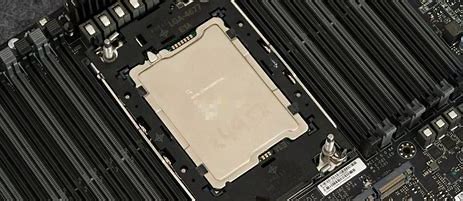






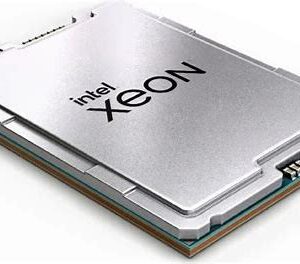
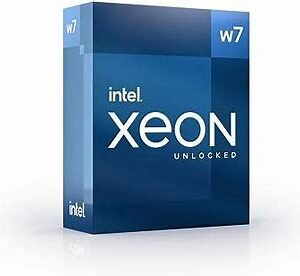
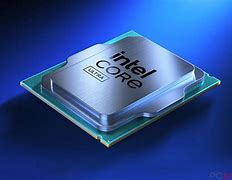
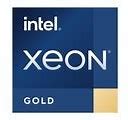
Reviews
There are no reviews yet.